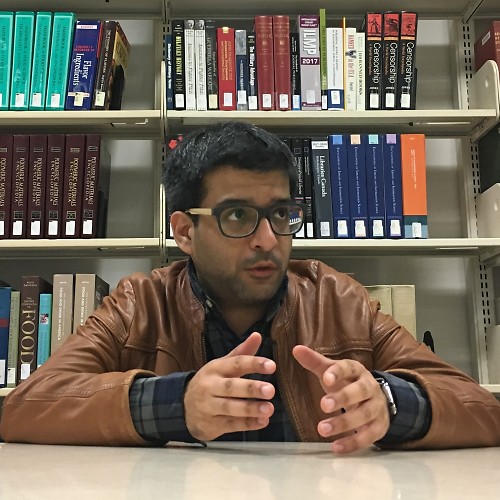Sekiro: Shadows Die Twice preview — Dark Souls, reinvented
It's time to reclaim your honor.
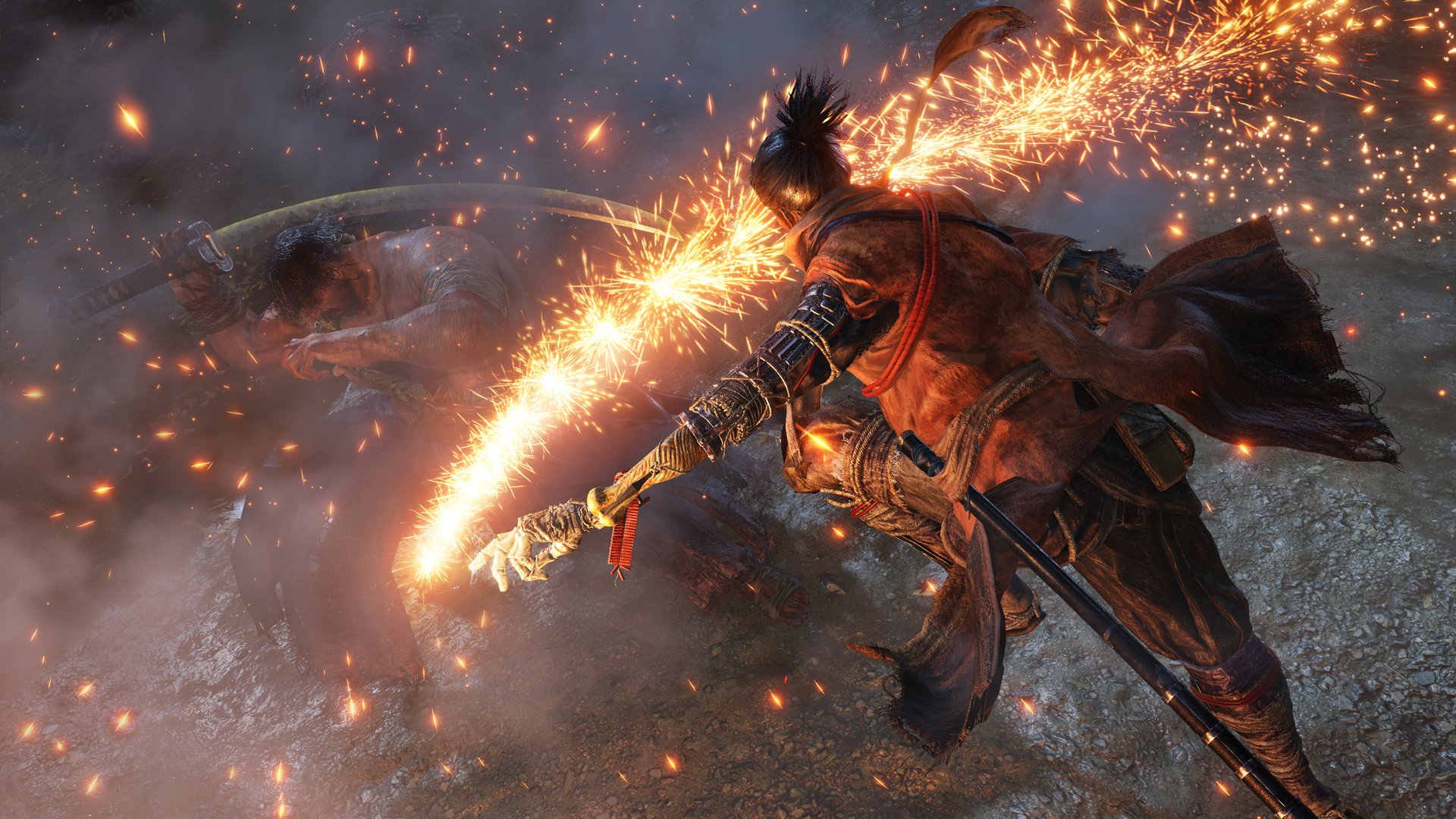
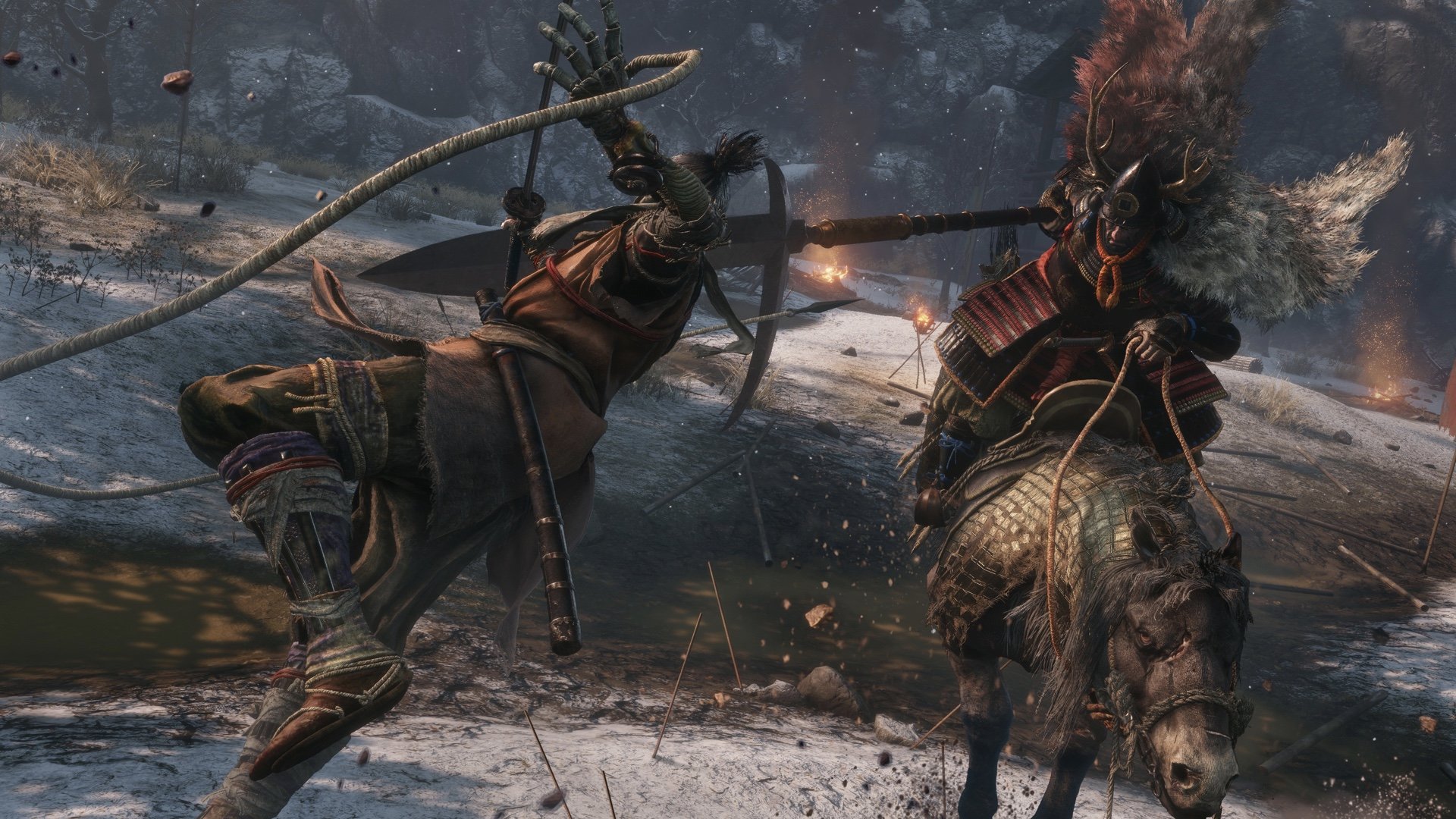
Sekiro: Shadows Die Twice is a third-person action game from the acclaimed developers at FromSoftware. At Gamescom 2018, the title won the "Best of Gamescom" and "Best Action Game" awards. FromSoftware is the team behind games like Bloodborne and Dark Souls, and Sekiro: Shadows Die Twice is a major departure for them in terms of storytelling. Your goal is to carve your own clever path to vengeance.
In Sekiro: Shadows Die Twice, you step into the shoes of the "one-armed wolf" protagonist, a disgraced and disfigured warrior rescued from the brink of death by a mysterious crafter. Bound to protect a young lord who is the descendant of an ancient, powerful bloodline, you become the target of many vicious enemies, including the foul "Ashina" clan. When the lord is captured, nothing will stop you on a perilous quest to regain your honor, not even death itself. If your will is strong enough, not even that can get in your way.
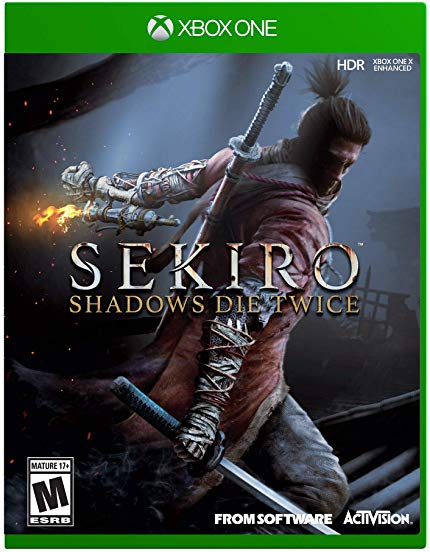
The beginning of a new franchise
Sekiro: Shadows Die Twice is a third-person adventure set in feudal Japan, created by the talented team at FromSoftware. The game places you in control of a disgraced warrior on a quest to restore his honor and save his young master.
Story and setting
We recently had the opportunity to travel to New York and discuss the game with Activision and FromSoftware, and experience an early build of it on the PlayStation 4 Pro. The developer wants you to explore late 1500's Sengoku Japan, a brutal period of constant conflict, as you come face to face with larger-than-life foes in a dark and twisted world. This tumultuous era was marked by constant war. Luckily, you can unleash an arsenal of deadly prosthetic tools and powerful ninja abilities while you blend stealth, vertical traversal, and visceral combat together. While stealth plays an important role, Sekiro: Shadows Die Twice is not a stealth game. Accidentally being spotted doesn't mean failure. The stealth mechanic is a way to choose your encounters, instead of always being on the defense.
You come face to face with larger-than-life foes in a dark and twisted world
Just like its previous ventures, FromSoftware wants Sekiro: Shadows Die Twice to feature dark and authentic world building. While the game is a unique and other-worldly experience, it features a clear narrative with a focus on characters that was missing from Bloodborne and other titles. The difficult and rewarding gameplay stays the same, and requires practice to master. Sekiro: Shadows Die Twice has both of these characteristics. You can enjoy similar elements in a fresh new light. You'll explore towering structures and be presented with unprecedented situations that require new ways of thinking.
History and inspirations
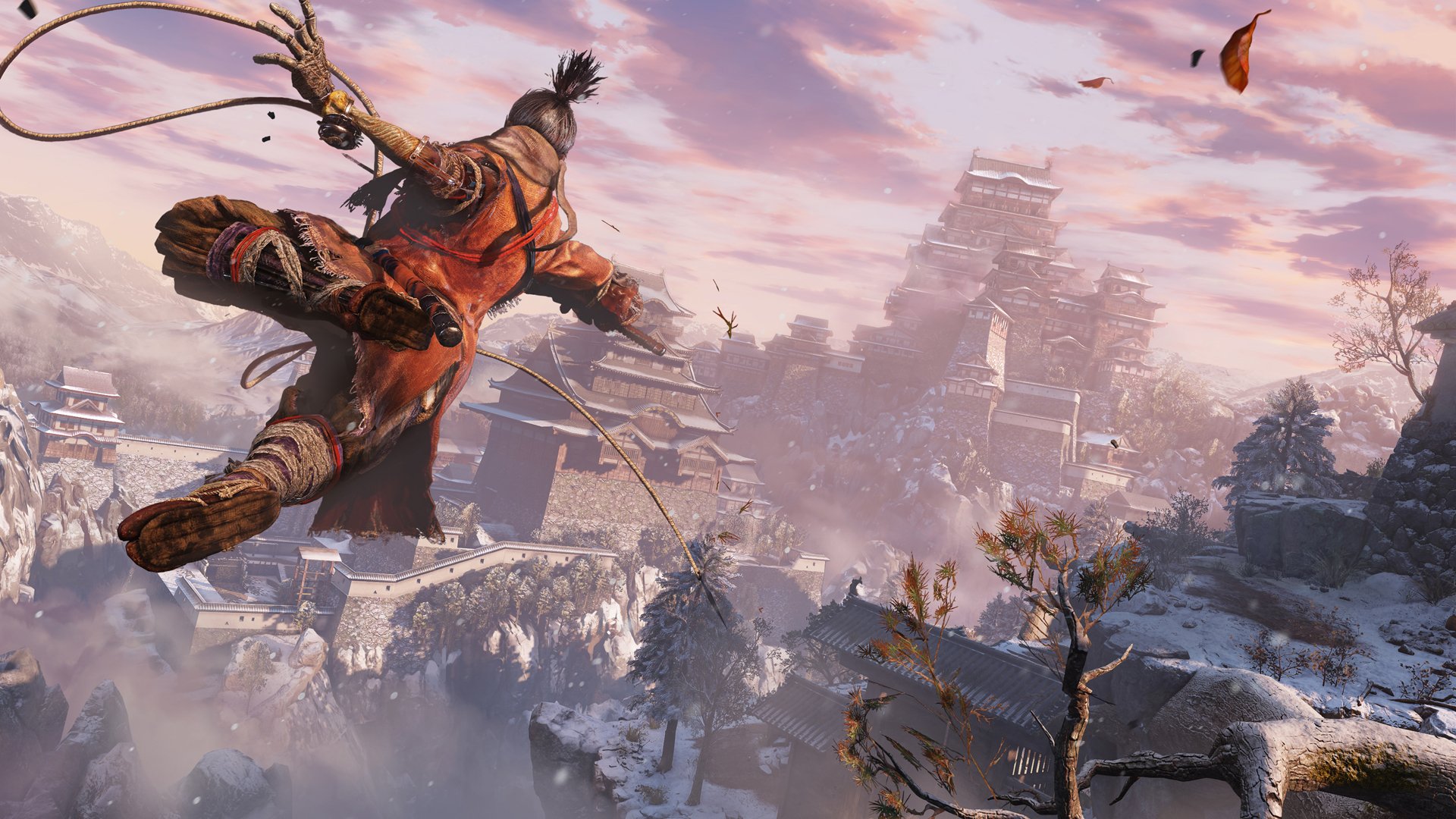
Sekiro: Shadows Die Twice isn't meant to be historically accurate — it features a variety of supernatural challenges and legends from Japan — but it still takes place in a real setting which is recognized as one of the bloodiest times in the country's history. There is a tremendous amount of level variety because you can explore mesmerizing nightscapes, towering castles, and ravaged villages.
According to FromSoftware's Yasuhiro Kitao, the Japanese setting was the most appealing during internal discussions between the team. They wanted to focus on the end of a tumultuous period. Kitao went on to say that the Sengoku era was very similar to what Europe experienced during the Middle Ages. Since Dark Souls takes place during that time, both titles are thematically similar. However, moving the action to Japan allows for new combat possibilities because witnessing a samurai leap from building to building is much more believable than a knight clad in heavy armor.
Scenes of Japan, mangas like Blade of the Immortal, and some other novels by influential local writers heavily influenced Sekiro: Shadows Die Twice. In many of these works, the samurais depicted have "weird" abilities and the ability to defy death. FromSoftware's latest game is an amalgamation of all of these.
Get the Windows Central Newsletter
All the latest news, reviews, and guides for Windows and Xbox diehards.
Dark Souls comparison
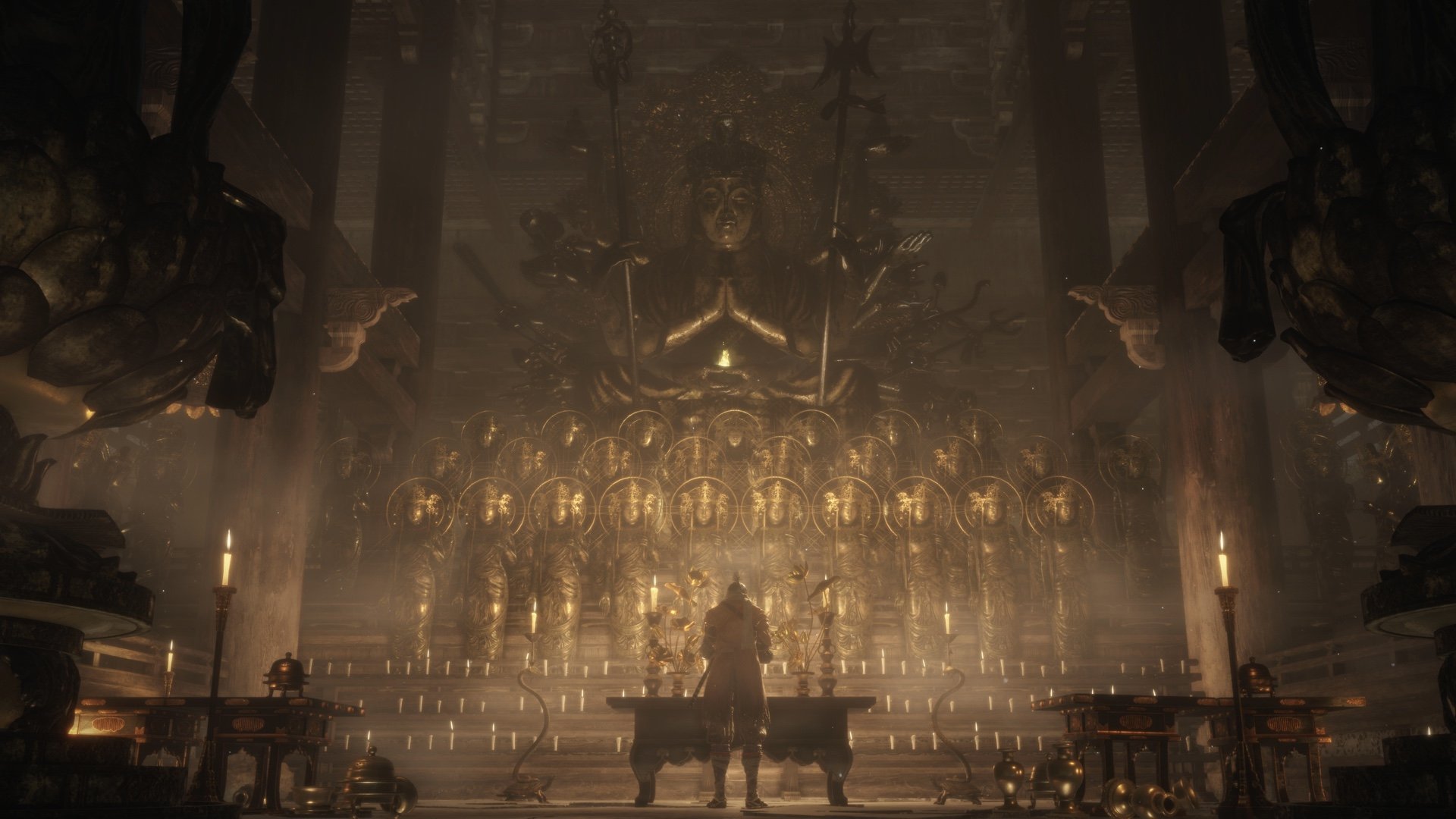
There are two major differences between Sekiro: Shadows Die Twice and FromSoftware's previous offerings. Firstly, the combat is fast-paced, and each enemy encounter isn't a battle for the ages. You can employ techniques like stealth and aerial attacks to quickly dispatch weaker foes, or the occasional monstrous rooster. Secondly, deflection plays an important role in taking out enemies, as simply dodging and kiting won't get you anywhere.
Time your strikes to deflect your opponent's blows is vitally important. Doing this will fill up a meter at the top of your screen, allowing you to trigger executions. The effect is quite cinematic, and comes across as a scene from Blade of the Immortal or another stylized film.
Combat revolves around dynamic swordplay and posture. When the yellow bar at the top of the screen fills up, you can break an enemy's posture. Deflecting attacks weakens enemies allowing for one fatal strike. The techniques you've used in Dark Souls won't help you in Sekiro: Shadows Die Twice. During our time with the game, we eventually had to resort to dodging left and right when battling the larger enemies. At the end of the day, you'll have to figure out a system that works for you because the combat mechanics allow for a lot of possibilities. This should result in more thrilling fights than ever before.
Skills and mechanics
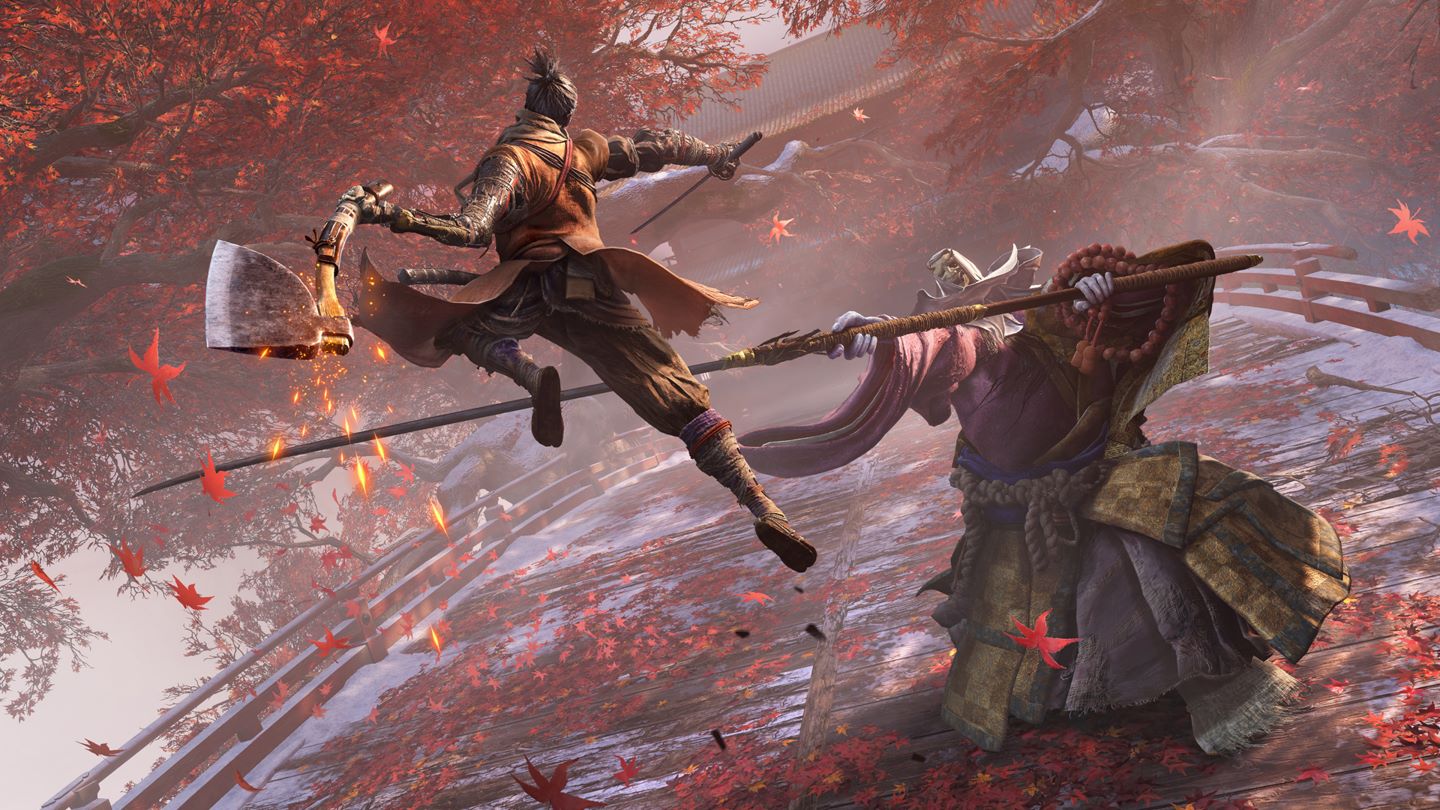
Like many other recent games, Sekiro: Shadows Die Twice features a disabled protagonist, but this disability is by far his greatest strength, which is true to life. As we've seen in experiences like Devil May Cry 5, you have the ability to change prostheses. Sometimes it can function as a grappling hook, while other times as a weapon. FromSoftware said that the "Prosthetic Tool" is similar to the "Trick Weapons" in Bloodborne.
We asked FromSoftware about its portrayal of the protagonist's disability as his greatest strength. How did this come about? To this, the developer said, "This is a very hard question. Honestly, it's not something we really thought all that much about. However looking back, I think it comes down to discovering elements of beauty, strength, or integrity in things that don't appear to possess those qualities at a glance. I think that is where we perceive value and what moves us."
Sekiro: Shadows Die Twice features a "Resurrection" mechanic which is tied to a plot element called the "Dragon's Heritage." We'll learn more about this throughout the campaign, but this essentially means that you can immediately respawn if you have enough resources. Resurrection also plays an important part in the overall story. You can use death to your advantage by surprising enemies. However, getting slaughtered again and again isn't advisable because you lose half of your currency and experience with each death.
Sekiro: Shadows Die Twice features a number of skills trees which allow you to upgrade your combat abilities as well as your Prosthetic Tool. You can do this by using experience points earned through defeating enemies. Other upgrades can also be performed at the dilapidated temple hub. Just like Dark Soul's "Firelink Shrine," this temple houses various colorful characters that can help you on your quest. It also allows you to easily navigate the world because the game has a similar semi-open world structure we're used to seeing in the Dark Souls series.
Xbox One X support
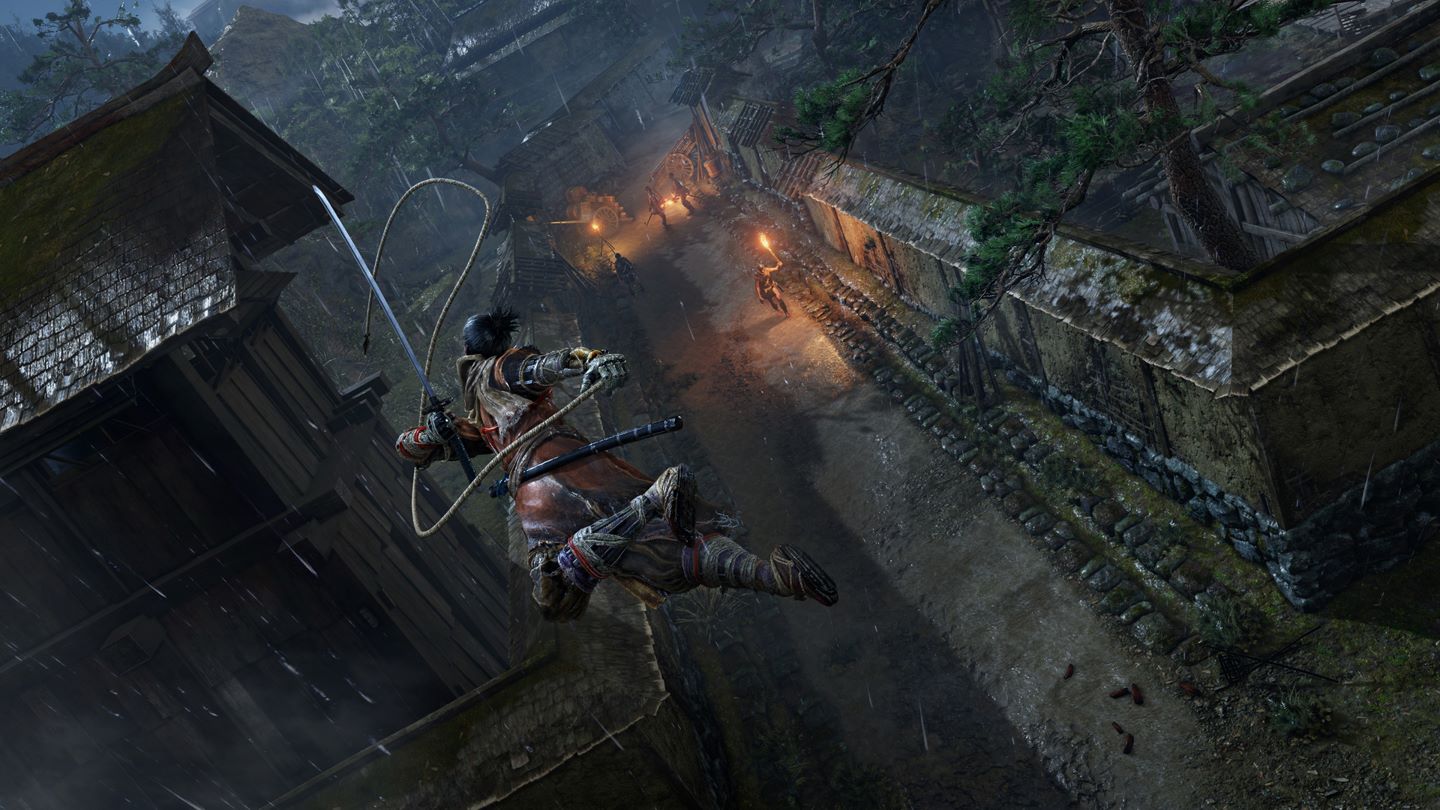
When asked how Sekiro: Shadows Die Twice would be enhanced for Xbox One X and PlayStation 4 Pro, producer Andrew Petrie replied that the team was trying to raise the resolution and frame rate. We got a chance to look at the in-game settings and discovered that the title supported high dynamic range (HDR) lighting and an "Adjust Picture Quality" menu. This means that FromSoftware will probably offer the option to experience the game at a high resolution and 30 frames per second (FPS), or play it at a lower resolution for a smooth, 60 FPS experience. Unfortunately, Activision wouldn't comment on this discovery because it wasn't finalized. If this option does make its way into the final build, it's definitely the correct way to implement support for powerful hardware.
FromSoftware wants to raise the resolution and frame rate on Xbox One X
At the event, we were only able to test out the PlayStation 4 Pro version of Sekiro: Shadows Die Twice. While the frame rate was smooth and the controls were precise, the textures and resolution left a lot to be desired. The game appeared to be running at 1080p and was dotted with many low-resolution objects. Witnessing them was quite jarring to say the least, but given the fact that this was an earlier build, it's understandable why that's the case. Here's hoping that the final assets are much higher resolution to match the stellar gameplay.
The lowdown on Sekiro: Shadows Die Twice
According to Activision, the publisher has worked with FromSoftware in the past so it was just a matter of reaching out to see if they wanted to collaborate on another project. They teamed up for Sekiro: Shadows Die Twice, which is a new franchise, but similar in length to the Dark Souls games. The biggest challenge was probably "Reverse Localization," because the producers had to make sure the nuanced dialogue was accurately captured when it was translated from Japanese to English.
Sekiro: Shadows Die Twice is shaping up to be a captivating experience given its setting and lore. There are so many mysteries to uncover, and we can't wait to play it again on March 22. After spending many hours playing the game at Gamescom 2018 and the event, it feels like we've only just begun to scratch the surface of what Sekiro: Shadows Die Twice has to offer. Plus, the fact that the game doesn't feature microtransactions is an added bonus.

The beginning of a new franchise
In Sekiro: Shadows Die Twice you are a disgraced and disfigured warrior rescued from the brink of death. Bound to protect a young lord who is the descendant of an ancient bloodline, you become the target of many vicious enemies. When the young lord is captured, nothing will stop you on the perilous quest, not even death itself.
Asher Madan handles gaming news for Windows Central. Before joining Windows Central in 2017, Asher worked for a number of different gaming outlets. He has a background in medical science and is passionate about all forms of entertainment, cooking, and antiquing.
